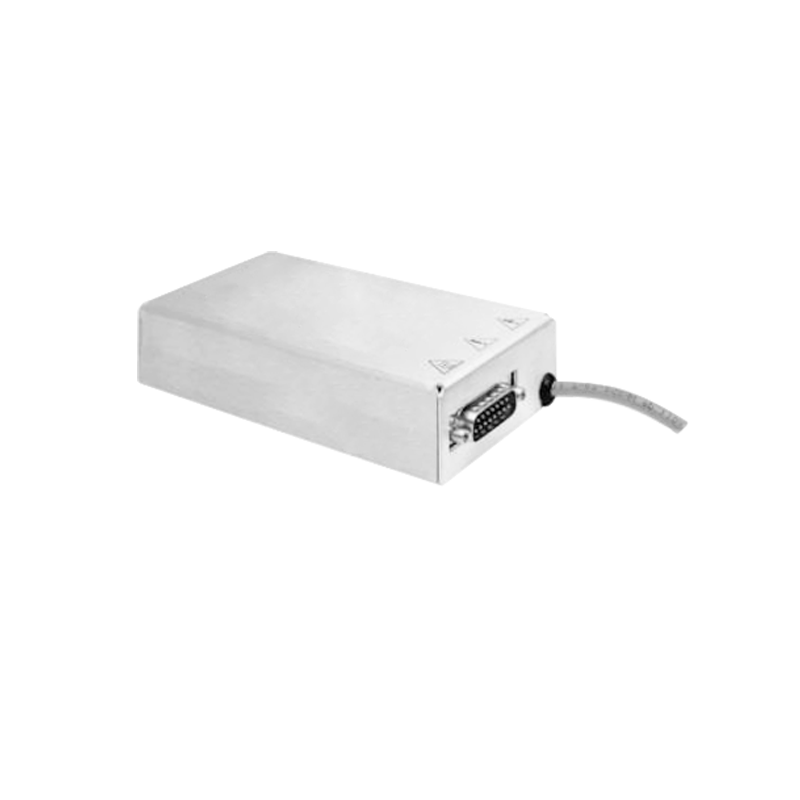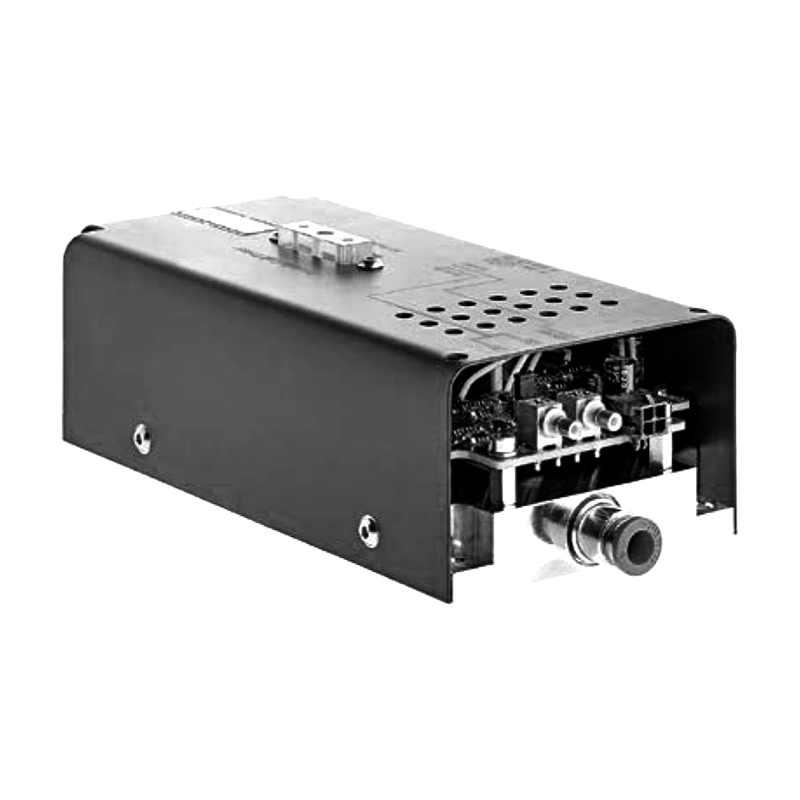Energy-Saving and Optimization Design of High-Voltage Power Supplies for Electrostatic Precipitators
With increasingly stringent environmental protection requirements, electrostatic precipitators, as key equipment for industrial dust removal, the energy-saving and optimization design of their high-voltage power supplies has become an important research direction for improving dust removal efficiency and reducing operating costs. Through the innovative application of power supply topology, control strategies, and intelligent technologies, high-voltage power supplies for electrostatic precipitators can meet dust removal requirements while significantly reducing energy consumption.
Traditional high-voltage power supplies for electrostatic precipitators mostly adopt power frequency transformer structures, which are energy-intensive and slow in response. New high-voltage power supplies optimize the topology by introducing high-frequency switching power supply technology, achieving efficient energy conversion. For example, the use of phase-shifted full-bridge soft-switching topology can greatly reduce switching losses and improve power supply efficiency. At the same time, the high-frequency design can reduce the volume and weight of the transformer, decrease core losses, and increase the overall power supply efficiency by 10% 15%. This efficient energy conversion method reduces unnecessary energy consumption while ensuring the stable operation of the dust removal electric field.
In terms of control strategies, the application of intelligent control technologies provides new paths for energy-saving optimization. Traditional constant-voltage and constant-current control modes cannot adapt to the dynamic changes in flue gas conditions, leading to energy waste. Control strategies based on intelligent algorithms such as fuzzy control and neural networks can real-time monitor parameters such as flue gas concentration and dust specific resistance, and dynamically adjust the output voltage and current of high-voltage power supplies. When the flue gas concentration is low, the output voltage is automatically reduced to minimize energy consumption. When the dust concentration surges, the voltage is rapidly increased to ensure dust removal efficiency. This adaptive adjustment capability enables electrostatic precipitators to maintain optimal operating conditions under different working conditions, effectively reducing average energy consumption.
In addition, the collaborative optimization design of high-voltage power supplies is also crucial. By deeply integrating high-voltage power supplies with electric field control systems, precise matching between power output and electric field characteristics can be achieved. For example, optimizing the electric field partitioned power supply strategy distributes electrical energy according to the dust removal requirements of different areas, avoiding energy waste caused by uniform power supply across the entire electric field. Meanwhile, combining the power supply's pulse power supply mode outputs high-voltage pulses in a short time, enhancing the charging ability of high specific resistance dust, reducing back corona phenomena, and improving dust removal efficiency while reducing energy consumption.
With the development of digital technologies, intelligent operation and maintenance systems based on the Internet of Things and big data are gradually being applied to high-voltage power supplies for electrostatic precipitators. By collecting power supply operation data in real-time, analyzing equipment health status and energy consumption trends, potential failures can be predicted in advance and operation parameters optimized. This preventive maintenance and data-driven optimization strategy not only extends the service life of high-voltage power supplies but also continuously explores energy-saving potential, achieving full-life cycle energy-saving management of electrostatic precipitators.




















